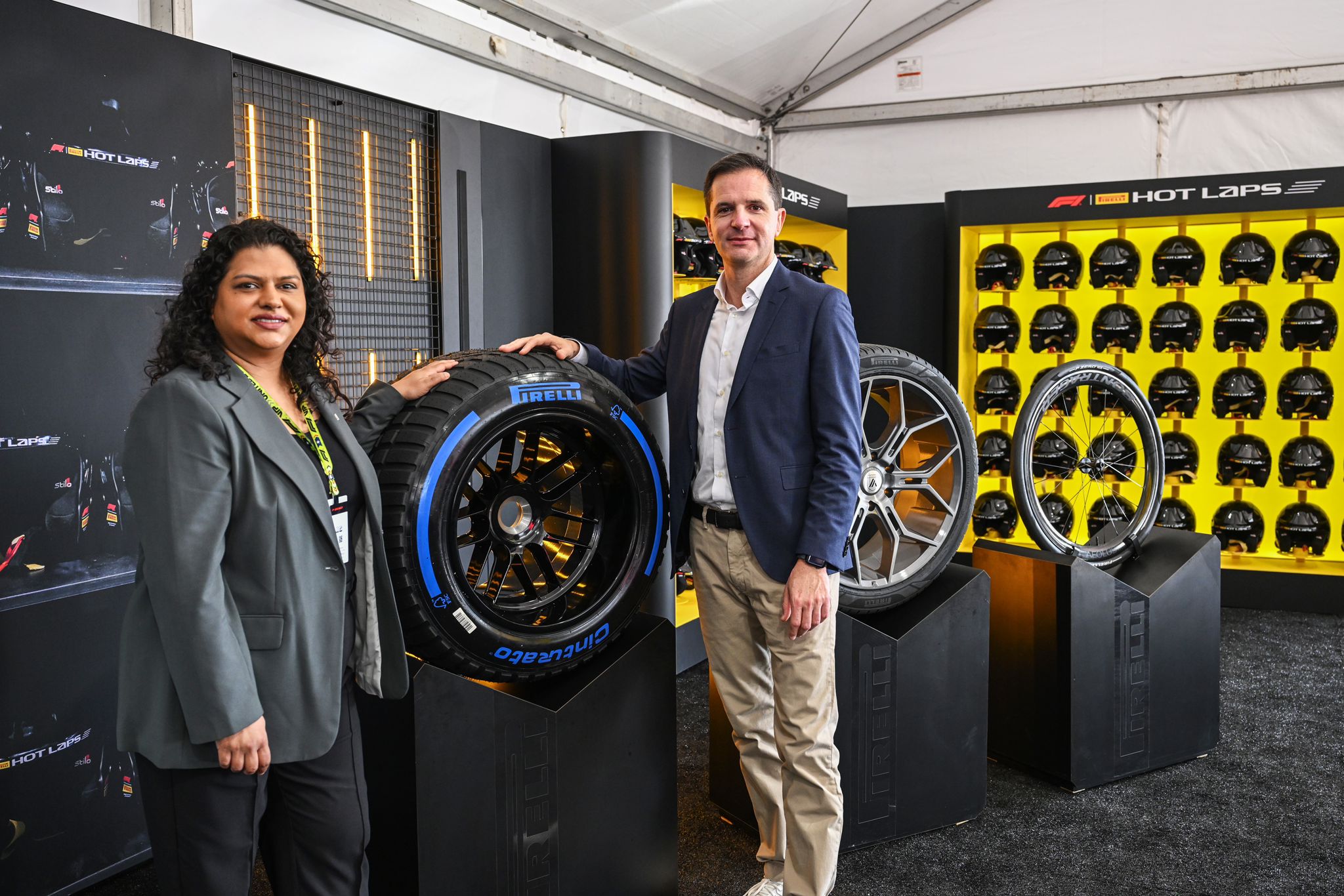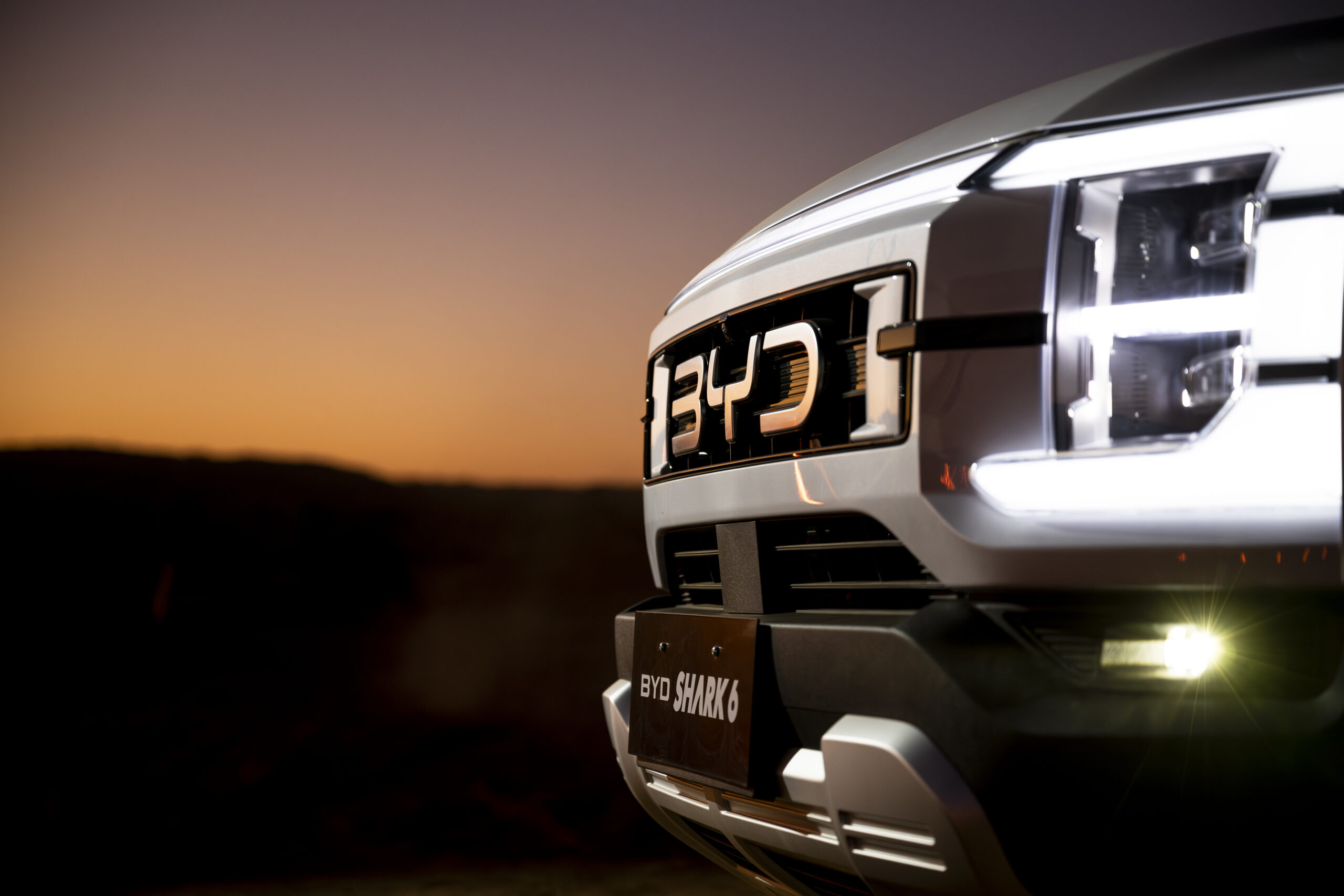Sign up for daily news updates from CleanTechnica on email. Or follow us on Google News!
General Motors (GM) CEO Mary Barra admitted earlier this year that the company faltered in 3 important areas in 2023: manufacturing electric vehicles (EVs), addressing software issues, and making sense of its self-driving division called Cruise. The last area of concern has reared its ugly head again, as the autonomous driving unit has accepted a consent order to pay a $1.5 million penalty for failing to properly report an accident in which one of its self-driving taxis severely injured a pedestrian last year.
Cruise will also face increased oversight of its activities as it restarts testing of its technology in Phoenix, Houston, and Dallas, the regulator, the National Highway Traffic Safety Administration (NHTSA), said.
The announcement came on Monday. Steve Kenner, the Cruise chief safety officer, said in a statement that the agreement “is a step forward in a new chapter for Cruise.”
GM’s autonomous driving arm, Cruise, was nearly halted a year ago when a Cruise car in San Francisco struck a woman after she had been thrown into its path by another vehicle. The Cruise vehicle stopped initially, then restarted movement. In doing so, it dragged the woman 20 feet. She survived but was badly injured.
Cruise LLC, which is run under the auspices of GM, didn’t share a key video with California regulators — it was footage that showed the pedestrian under the Robotaxi, named Panini. The original video segment ended when the Cruise stopped for the first time.
Crash Reports & Accountability: The NHTSA Findings
The action addresses several incomplete reports by the company under NHTSA’s Standing General Order for crashes involving automated driving systems. Two of these reports failed to disclose the post-crash details of an October 2, 2023 crash in which a Cruise vehicle equipped with an ADS and operating without a driver dragged the pedestrian. The crash reports must include pre-crash, crash, and post-crash details. NHTSA discovered Cruise had omitted details from its crash reports after viewing video it requested from Cruise of the October 2 incident.
Cruise has also amended four other Standing General Order reports to provide additional detail on other crashes.
The General Order allows NHTSA to obtain timely and transparent notification of real-world crashes associated with ADS and Level 2 ADAS vehicles from manufacturers and operators. With these data, NHTSA can respond to crashes that raise safety concerns about ADS and Level 2 ADAS technologies through further investigation and enforcement.
“It is vitally important for companies developing automated driving systems to prioritize safety and transparency from the start,” NHTSA Deputy Administrator Sophie Shulman said in a press release. “NHTSA is using its enforcement authority to ensure operators and manufacturers comply with all legal obligations and work to protect all road users.”
Requirements to enhance NHTSA’s oversight include reporting of information regarding the scope of Cruise’s operations, including the vehicle miles traveled during the reporting period, the number of Cruise vehicles operating, and whether or not those vehicles are operating without a driver. Cruise will also be required to summarize software updates expected to affect ADS operations as well as to submit reporting on actual citations and observed violations of traffic laws. Additionally, the company will report on its framework to assess the safety of its operations, including benchmarks and metrics used to measure the safety performance of the ADS.
Cruise and NHTSA will meet quarterly to discuss the state of operations, as well as to review the periodic reporting and progress on the requirements of the consent order. Additionally, Cruise will submit a final report overviewing its compliance with the consent order and state of operations 90 days before the end of the base term.
 Chip in a few dollars a month to help support independent cleantech coverage that helps to accelerate the cleantech revolution!
Chip in a few dollars a month to help support independent cleantech coverage that helps to accelerate the cleantech revolution!
Looking Back at a Long, Strange Year for Cruise
The fine adds a double whammy to the drop in Cruise’ internal share price, which continues to weigh on the company. Since the accident, production of Cruise Origin robotaxis halted, cofounder and CEO Kyle Vogt resigned, and cofounder and Chief Product Officer Dan Kan resigned. About 25% of its workforce was laid off. Cruise lost its self-driving license in California.
Cruise has resumed autonomous driving operations in Phoenix and Dallas; the caveat is that humans remain behind the wheel so as to be available to intervene if needed. Other Cruise services and testing cities are expected to be announced in the next several months.
GM said it “fully supports the meaningful changes Cruise has made to uplevel safety protocols, bring in new leaders and foster deeper regulatory relationships with the goal of deploying autonomous vehicles to make roads safer.”
Since the pedestrian accident and the company’s hiatus, Cruise has developed its own chips for self-driving cars to be deployed by 2025 in attempts to reduce costs and scale up volume. “I said, okay, then we have to take control of our own destiny,” Carl Jenkins, head of Cruise hardware, said during a tour of the Cruise R&D workshop in San Francisco. Jenkins concurred that in-house chip development required investments, but this would be recouped by scaling up production of cars which use multiple chips.
Cruise has developed 4 in-house chips so far:
- a computing chip called Horta;
- the main brains of the car, Dune, which processes data from the sensors;
- a chip for the radar; and,
- one that Cruise has yet to announce publicly
The sensors and computing chips would also reduce power consumption, helping to increase driving range.
Tesla’s Upcoming Full Self-Driving Robotaxi May Disappointment Fans
GM’s Cruise division is not the only attempt at autonomy that seems to be falling short of expectations. Next week, Tesla will hold a special event in which it demonstrates its new and highly improved FSD (Full Self Driving) technology. While the technology has been highly tested through voluntary drivers, it is unclear as to whether the improvements will be enough to deploy robotaxis.
Two key elements loom large for Tesla’s FSD. The hardware and software need to be at a level where:
- Tesla would be confident enough with it to take liability out of the hands of Tesla owners and accept the liability itself.
- Regulators would feel comfortable approving completely self-driven robotaxis on the roads around the world.
Many analysts are skeptical that Tesla has reached the level of scale necessary for the technology, although Ark Invest’s Cathie Wood continues to hedge her bets on FSD as intricately tied to Tesla’s positive future valuation.

Have a tip for CleanTechnica? Want to advertise? Want to suggest a guest for our CleanTech Talk podcast? Contact us here.
Latest CleanTechnica.TV Videos
CleanTechnica uses affiliate links. See our policy here.
CleanTechnica’s Comment Policy





